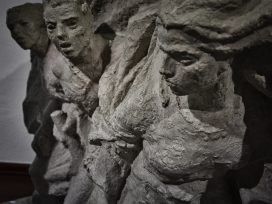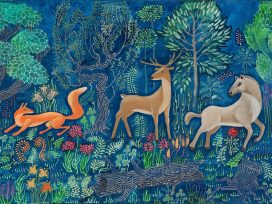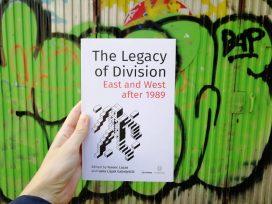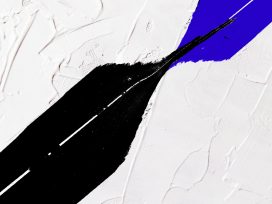For the last seventeen years now I have looked forward every two months to the publication of the journal Mittelweg 36, whose editor I am. In retrospect, I have three extraordinarily fortunate circumstances to thank for this. The decision of the Hamburg Institute for Social Research to produce its own journal received a mixed reception from fellow staff members at the time. Thomas Neumann (who has sadly since passed away) had developed an idea for a journal that took a rather unconventional approach to conventional academic practices and discourses. It was to communicate the discussion within the institute to an interested academic public, drawing on various other genres: imagery, art, literature and architecture, and investigative journalism. The aim was and is to provoke debate, to be a forum that brings together authors of various provenance. The idea has, I believe, been retained, and I’m lucky to have been able to implement it from the outset.
The second stroke of luck was an invitation from Hans-Götz Oxenius to take part in a meeting of international journals that he had initiated and that had been taking place annually for a number of years. Neumann, a master of the German language, didn’t fancy the idea of having to make himself understood in English, and asked me to see what it was all about. My first chance was 1992, during the Frankfurt book fair, which the group used for get-togethers between the meetings. I went along with only a vague idea of what to expect, thoroughly nervous at the prospect of being a greenhorn, and a female one at that, among seasoned, male professionals. I was right on two counts: in attendance were experienced professionals, and the great majority of them were male. However my stage fright was un-called for. I met a group of lively and friendly people who promptly involved me in their conversation. I had come across a network of many years standing; a resource for intellectual and personal exchange that would turn out to be exceptionally valuable in my subsequent work.
The annual meetings in different European cities led to year-round professional contact and step by step became more formal and organized, developing the potential of the group without in any way diminishing its informal capital. At first hesitantly, yet to an increasing degree, eastern European colleagues became involved. Viewpoints and horizons of experience were broadened. This process, though not always smooth, was always productive. The network of amicably disposed colleagues, in which the tiresome self-promotion often found elsewhere played no role, also proved impressively productive in the East-West dialogue.
Increasingly, new media began to challenge classical print media, a challenge experienced thoroughly ambivalently. The network decided to go online and to set up its own web journal – Eurozine. Thanks to the network’s experience in searching for ways to turn linguistic, cultural, political, and habitual differences to its advantage and in opening up new routes of communication, these ambivalences never became blockades. The decision to launch the online journal was the third stroke of luck in my professional life. For a number of years now, I’ve had the pleasure of being an editorial board member of Eurozine. The profits of this to my print journal, Mittelweg 36, have been enduring.






